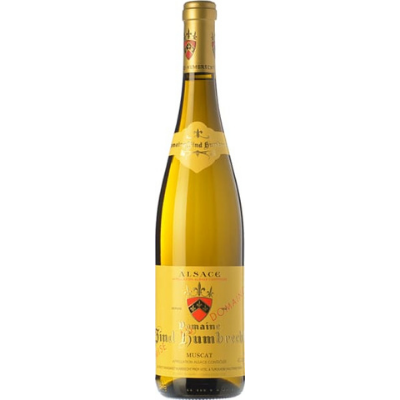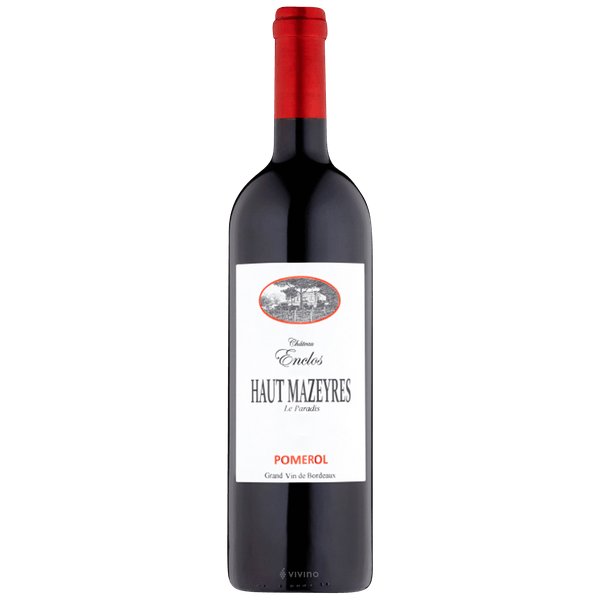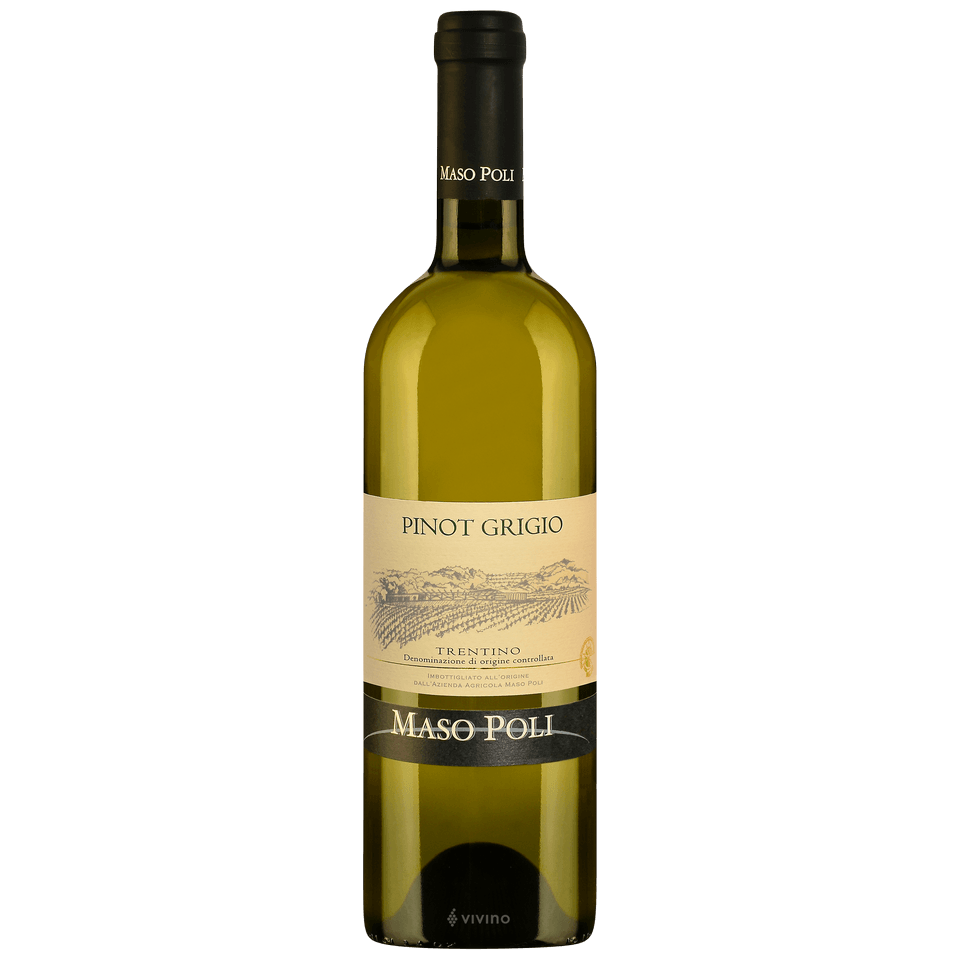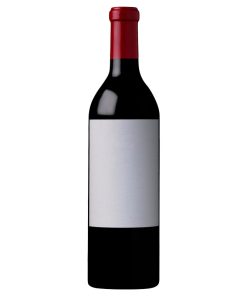-
×
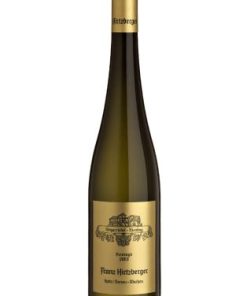 2022 Weingut Franz Hirtzberger Singerriedel Smaragd Riesling 750ML
1 × $130.99
2022 Weingut Franz Hirtzberger Singerriedel Smaragd Riesling 750ML
1 × $130.99 -
×
 2021 Domaine Grand Veneur Chateauneuf-du-Pape Rouge Le Miocene 375ML
1 × $27.99
2021 Domaine Grand Veneur Chateauneuf-du-Pape Rouge Le Miocene 375ML
1 × $27.99 -
×
 Georges Duboeuf Beaujolais Nouveau Rose 750ML
1 × $17.99
Georges Duboeuf Beaujolais Nouveau Rose 750ML
1 × $17.99 -
×
 2020 Tenuta Sant'Antonio Monti Garbi Valpolicella Superiore Ripasso 750ML
1 × $22.99
2020 Tenuta Sant'Antonio Monti Garbi Valpolicella Superiore Ripasso 750ML
1 × $22.99 -
×
 2020 Mary Taylor Dao Lucia Ferreira Branco 750ML
1 × $16.99
2020 Mary Taylor Dao Lucia Ferreira Branco 750ML
1 × $16.99
2018 Zind-Humbrecht Muscat
2018 Zind-Humbrecht Muscat The intense nose of this 2018 clearly displays the vineyard character. The expected exotic fruits and floral aromas are joined by minerality that shows the strong limestone influence. The palate is vibrant, racy and zesty, with a fantastic crisp finish.
Domaine Zind-Humbrecht
With an unbroken winemaking lineage in Alsace since 1620, Domaine Zind-Humbrecht came by its current name in 1959 when Leonard Humbrecht married Genevieve Zind. In the 1960s and 1970s, Leonard was able to expand the winery’s collection of Grands Crus and other high quality vineyards. Since then, one of the hallmarks of every Zind-Humbrecht wine has been its overriding sense of terroir: the taste of the vineyard is always clear and unmistakable.
Zind-Humbrecht is managed by Olivier Humbrecht, one of the world’s only winemakers to attain MW status. His passion for Alsatian wines and Biodynamic farming translates into a portfolio of legendary wines recognizable for their purity, intensity and, above all, their faithful expression of each individual vineyard site.
White Wines
The white wines that are made in Central Italy are not flashy or famous, but they can certainly be delicious. This area is known for making clean, light, white wines that are refreshing. You will not find many famous grapes grown in this region, but you will find some great values. Italian white wines can be very frustrating and confusing. They do not make many wines from grapes that most people are familiar with. However, some of the local grapes that are used can make wines that are elegant, refreshing, and fun.
A lot of the really great white wines from Central Italy are going to be simple and light. They do not have a ton of strong fruit flavors, but can often produce subtly beautiful flavors of tart stone fruits, white flowers, and often almonds. Keep your eyes open for the underrated wines of Verdicchio di Matelica or Verdicchio dei Castelli di Jesi.
The production methods used to make white wine feature a number of key differences from those used to produce red wine.
By far the biggest difference between the two production methods has to do with the type of taste winemakers are trying to achieve. As noted above, red wines typically follow a different set of taste guidelines than that of white wine. The rich, bold, and strong flavors of red wine are achieved by increasing oxygen exposure, which rids the wine of the fruity, florally overtones that are intrinsic to the grapes. In order to attain this increased oxygen exposure, red wine is typically aged in oak barrels, since the pores of the wood allow oxygen to circulate through the wine.
Related products
$147.00
2019 Domaine des Lambrays Morey-Saint-Denis 2019 Domaine des Lambrays Morey-Saint-Denis, Nice red ruby color. The nose is expressive and intense: a lot of fruit such as raspberries, cherries, blackberries and blueberries all mixed together. The palate is juicy, full, and crispy, with a lovely fresh mineral character at the end. Thin-skinned, finicky and temperamental, Pinot [...]
$34.00
2021 Francois Villard Les Contours de Deponcins Viognier 2021 Francois Villard Les Contours de Deponcins Viognier Fine yellow; the nose is buttery, on roasted nuts, lime and white strawberry, table wax, has a steady depth. This is a bit New Wave on the palate, moves easily, depth, but continues with some fresh saltiness and assertion, [...]
Chardonnay
$32.00
2021 Jean-Marc Brocard Chablis Sainte Claire 2021 Jean-Marc Brocard Chablis Sainte Claire is tart, with notes of lemon oils and mango skin, as well as a bit of minty herbaceousness. On the palate, there are flavors of honey, tropical fruits just barely ripened, as well as a finish of bracing acidity. One of the most popular [...]
$28.00
2019 Laurent Martray Cote de Brouilly Les Feuillees 2019 Laurent Martray Cote de Brouilly Les Feuillees is especially compelling, unfurling in the glass with aromas of cherries, wild berries, warm spices, peonies, licorice and orange rind. Medium to full-bodied, layered and multidimensional, it’s velvety and concentrated, with lively acids and a long, resonant finish. This [...]
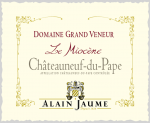 2021 Domaine Grand Veneur Chateauneuf-du-Pape Rouge Le Miocene 375ML
2021 Domaine Grand Veneur Chateauneuf-du-Pape Rouge Le Miocene 375ML 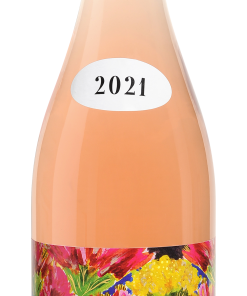 Georges Duboeuf Beaujolais Nouveau Rose 750ML
Georges Duboeuf Beaujolais Nouveau Rose 750ML  2020 Tenuta Sant'Antonio Monti Garbi Valpolicella Superiore Ripasso 750ML
2020 Tenuta Sant'Antonio Monti Garbi Valpolicella Superiore Ripasso 750ML 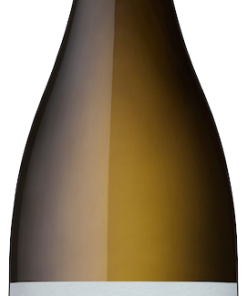 2020 Mary Taylor Dao Lucia Ferreira Branco 750ML
2020 Mary Taylor Dao Lucia Ferreira Branco 750ML 